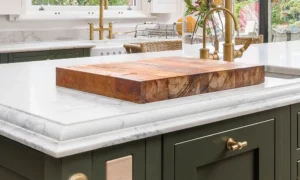All About Acrylic Photo Print You Need to Know

The acrylic photo print is one of the fastest growing and popular segment in the contemporary fine art print market which involves several primary variables and numerous combinations. In acrylic photo print, all attention is more focused on the image other than the frame as it is in other types of photo prints. Besides this, the Acrylic prints are extra durable, UV resistant, waterproof and scratch-resistant.
There are 5 primary and fundamental variables in creating the acrylic photo prints, namely (1) the acrylic print and type of printer, (2) the thickness and types of acrylic, (3) edge finishing, (4) Backing, and (5) the display hardware. There are two different methods of acrylic photo printing such as direct printing and face mounting. The direct printing is usually UV printed directly to acrylic and the face mounting is a print mounted to acrylic.
In the process of print, it is most essential to choose a material that has a smooth surface. If there are any types of texture in the surface it will cause air bubbles and show in the final product. Most acrylic photo prints are printed on paper. The glossier the paper’s surface the better the photo print. The fine art papers with a textured surface which are available in the market cannot create required smooth bond with the acrylic. The best paper for acrylic photo print may be the high-quality photo papers like the Epson Premium Gloss which may yield the required combination of dense black, rich colour and shadow detail.
However, you can also use other papers for acrylic photo prints such as metallic papers, polyester, transparency, dusted vinyl and acrylic itself. The metallic paper adds reflection and a sense of drama to the acrylic photo print. However, it all depends on the image because once the metallic paper is behind the acrylic it is difficult to differentiate the metallic paper and premium gloss. The polyester is a silver halide material with a glossy surface which bonds excellently to the acrylic. The polyester is also considered as flex material.
The transparency is a plastic material with frosted and lit from the back. One of the best things about this material is LED lighting works wonderfully with this transparency. Due to the frosted back of the transparency, it spreads the light enhancing the uniformity of the look. This is the reason the transparency is more used with the lightbox usually for commercial signage. It is also used extensively for acrylic photo printing.








